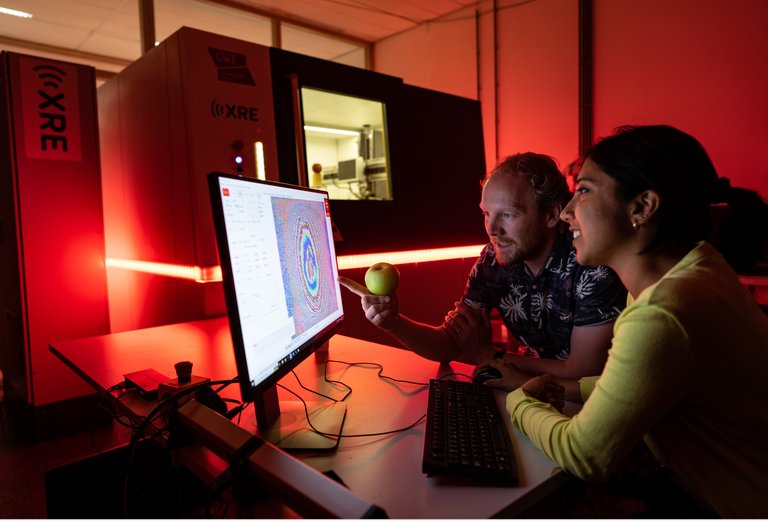In this new role, Van Leeuwen focuses on unraveling the underlying mathematics of imaging techniques. His primary goal is to improve the application of these techniques in healthcare and geosciences, but his research methods are applicable across a wide range of disciplines. One of his driving motivations is to make mathematics approachable for all.
Is mathematics too abstract? Not according to Tristan van Leeuwen. The newly appointed professor at the Mathematical Institute sees mathematics as a versatile tool that can be applied in nearly every scientific field to address very concrete problems. "The fun thing about mathematics is that you can address a wide range of applications using the same kind of mathematical questions," he explains.
Turning the tables
Van Leeuwen develops computational methods, including algorithms, to solve inverse problems. Inverse problems involve determining unknown causes or properties of a system based on observable effects or data. Here's an example of such a problem: when you take a picture of the stars with a telescope, the image may come out blurry. Is it possible to turn such a blurry image into a sharp one? "It's not difficult to make a sharp image blurry: you just need to remove data", Van Leeuwen explains. "To make a blurry image sharp, you first need to figure out what data you're missing, and that's much more complex." The models created by Van Leeuwen enable these types of reverse computational processes.

